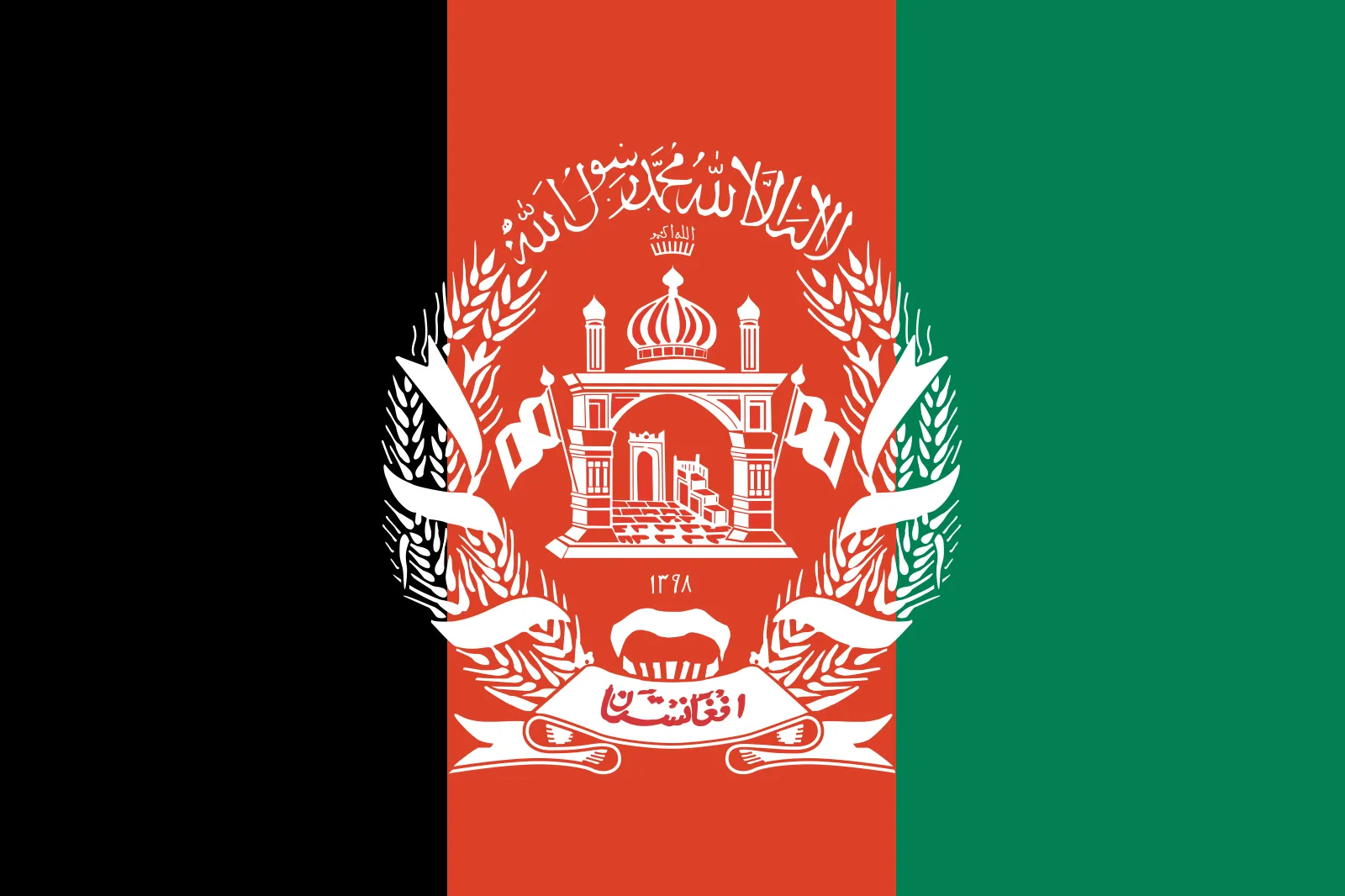Afghanistan
-

Afghanistan is a country located in South Asia, it’s a land of rich history, diverse cultures, and rugged landscapes.
Geography: Afghanistan is a landlocked country bordered by Pakistan to the east and south, Iran to the west, Turkmenistan, Uzbekistan, and Tajikistan to the north, and China to the northeast. Its terrain is largely mountainous, with the Hindu Kush mountain range dominating much of the landscape.
Capital and Major Cities: The capital city of Afghanistan is Kabul, situated in the eastern part of the country. Other major cities include Kandahar, Herat, and Mazar-i-Sharif.
Population: Afghanistan has a diverse population of 38 million people. It is home to various ethnic groups, including Pashtuns, Tajiks, Hazaras, Uzbeks, and others.
Languages: The official languages of Afghanistan are Pashto and Dari. These languages are widely spoken throughout the country, along with numerous regional languages and dialects.
Culture: Afghan culture is characterized by a blend of traditions influenced by its diverse ethnic groups and its Islamic heritage. Art, poetry, music, and storytelling hold significant importance in Afghan society.
Conflict: Afghanistan has experienced decades of conflict, including invasions, civil wars, and insurgencies. The Soviet invasion in 1979 and the subsequent Afghan-Soviet War, followed by the Taliban regime and the U.S.-led invasion in 2001, have left a profound impact on the country.
Economy: Despite its challenges, Afghanistan possesses significant natural resources, including natural gas, minerals, and agricultural land. However, ongoing conflict, political instability, and economic dependence on foreign aid hinder its development.
Religion: Islam is the predominant religion in Afghanistan, with the majority of the population adhering to Sunni Islam. Religious practices and traditions play a central role in Afghan society.
Current Situation: Afghanistan faces numerous challenges, including political instability, security concerns, poverty, and the ongoing struggle for peace and stability. Efforts towards reconciliation, development, and nation-building continue amidst the complexities of its history and geopolitical landscape.
History
Ancient Afghanistan:
Afghanistan’s history dates back to ancient times when it was part of the region known as Bactria, inhabited by Indo-Iranian tribes.
The area witnessed the rise and fall of several ancient civilizations, including the Persian Empire, which exerted significant influence over the region.
Alexander the Great’s conquests in the 4th century BCE brought Greek influence to Afghanistan, leaving behind cities such as Alexandria in the Caucasus (modern-day Bagram).Medieval Period:
Afghanistan became a major center of trade and culture along the Silk Road during the medieval period, connecting the East and the West.
The region saw the spread of Buddhism and Hinduism, evidenced by the famous Buddhas of Bamiyan, carved into the cliffs in the 6th century CE.
In the 7th century CE, Islam was introduced to Afghanistan, and it gradually became the dominant religion.Islamic Empires:
Afghanistan came under the rule of various Islamic empires, including the Umayyad and Abbasid Caliphates, followed by the Ghaznavid, Ghurid, and Timurid dynasties.
The region flourished culturally and intellectually during the Islamic Golden Age, with cities like Herat and Balkh becoming centers of learning and scholarship.Mongol Invasion and Timurid Empire:
In the 13th century, Afghanistan fell to the Mongol Empire under Genghis Khan’s conquests, resulting in widespread destruction and loss of life.
The 14th and 15th centuries saw the rise of the Timurid Empire, with Herat as its capital. The Timurids were known for their patronage of the arts and architecture.Mughal and Safavid Rule:
Afghanistan became a battleground for the competing empires of the Mughals and Safavids in the 16th century, with Kabul frequently changing hands between them.
The city of Kandahar served as a crucial stronghold during this period, witnessing numerous battles.Durrani Empire and British Influence:
The 18th century saw the emergence of the Durrani Empire, founded by Ahmad Shah Durrani, who unified the various Afghan tribes and established Kabul as the capital.
Afghanistan became a buffer state between the British and Russian Empires during the Great Game, a period of geopolitical rivalry in Central Asia.Colonial and Modern Era:
Afghanistan maintained its independence during the colonial era but faced pressure from British India and the Soviet Union.
The 20th century saw Afghanistan experience political instability, coups, and civil wars, culminating in the Soviet invasion in 1979 and subsequent decades of conflict.
The U.S.-led invasion in 2001 toppled the Taliban regime but failed to bring lasting stability to Afghanistan, which continues to grapple with political, social, and economic challenges as it navigates its path forward in the 21st century.Historical Figure
One prominent historical figure of Afghanistan is Ahmad Shah Durrani, also known as Ahmad Shah Abdali. He was the founder of the Durrani Empire in the 18th century and is often considered the father of modern Afghanistan.
Ahmad Shah Durrani rose to prominence as a military leader and tribal chief during a period of political fragmentation in the region. In 1747, he successfully united various Afghan tribes and established the Durrani Empire with its capital in Kabul. His empire encompassed parts of present-day Afghanistan, Pakistan, Iran, and India.
Ahmad Shah Durrani was known for his military prowess and leadership skills. He led numerous successful military campaigns, expanding his empire and consolidating his power over the region. One of his most significant victories was the Battle of Panipat in 1761, where he defeated the Maratha Empire, asserting his dominance over northern India.
Durrani’s reign brought a degree of stability to Afghanistan and laid the foundation for a centralized Afghan state. He implemented administrative reforms, established a system of governance, and fostered a sense of national identity among the diverse ethnic groups within his empire.
Ahmad Shah Durrani’s legacy as a unifier and nation-builder remains deeply ingrained in Afghan history and culture. He is revered as a hero and symbol of Afghan unity, and his dynasty, the Durrani dynasty, continued to rule Afghanistan for several generations after his death.
-
This post is deleted! -
The fact that this is the best post I’ve seen today says a lot about this site.
